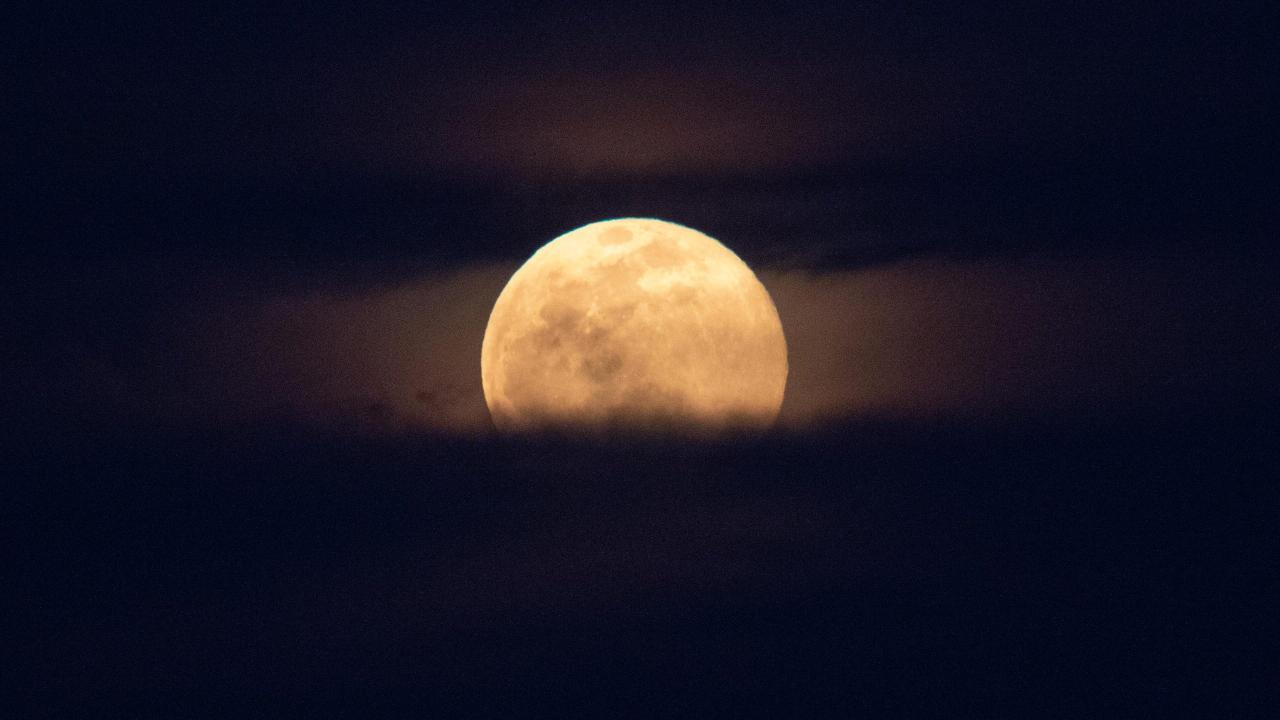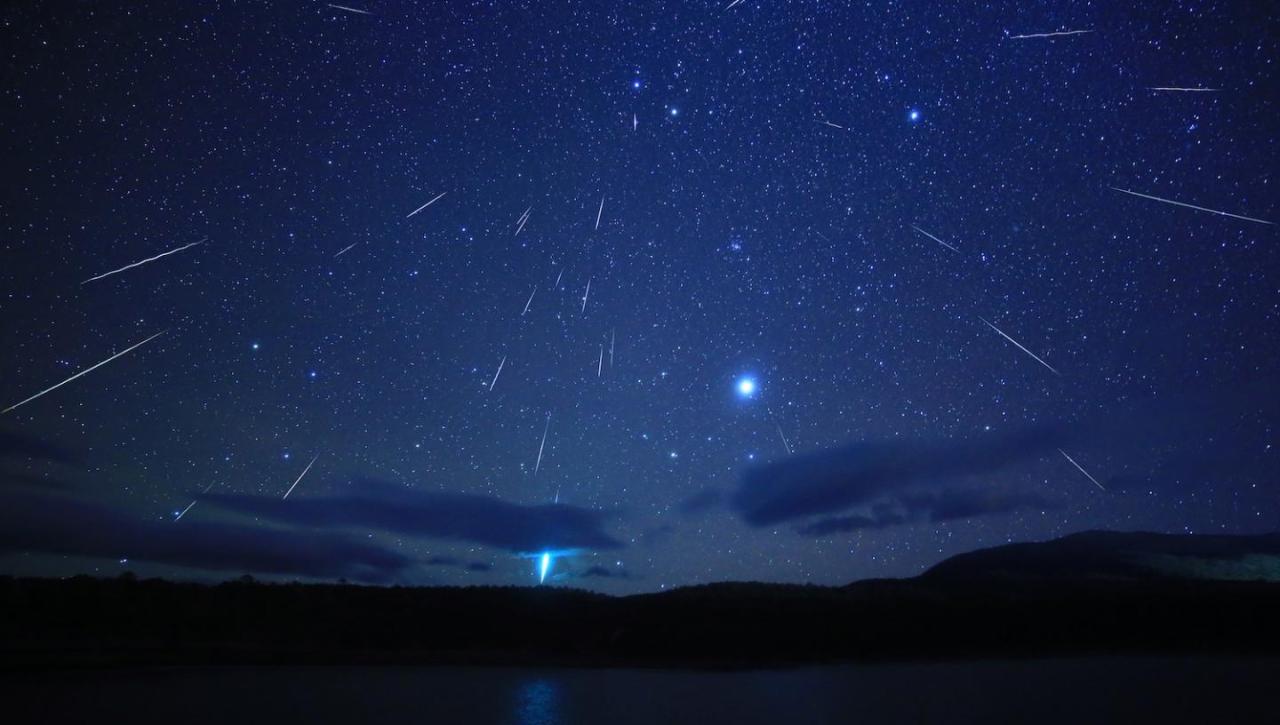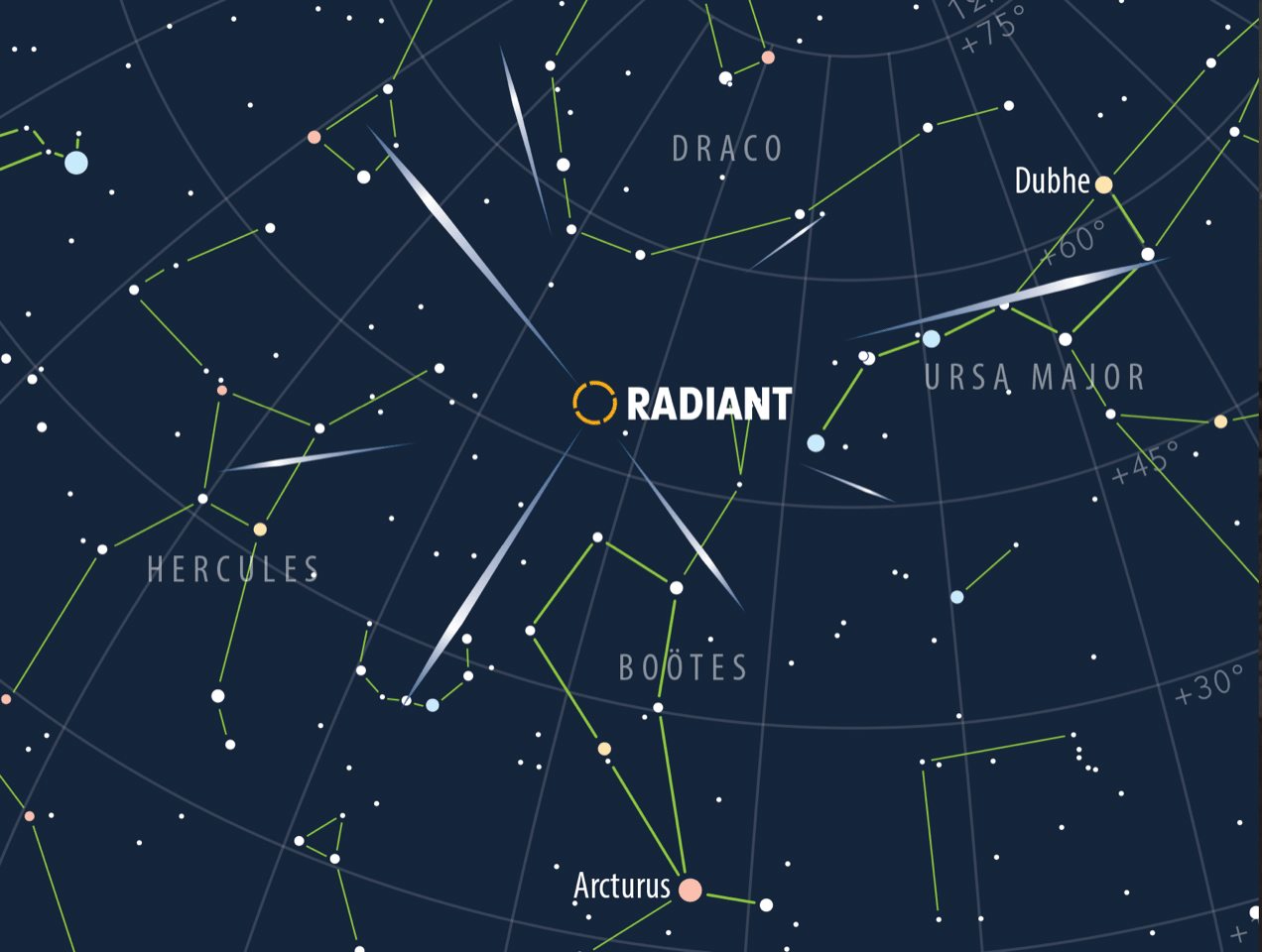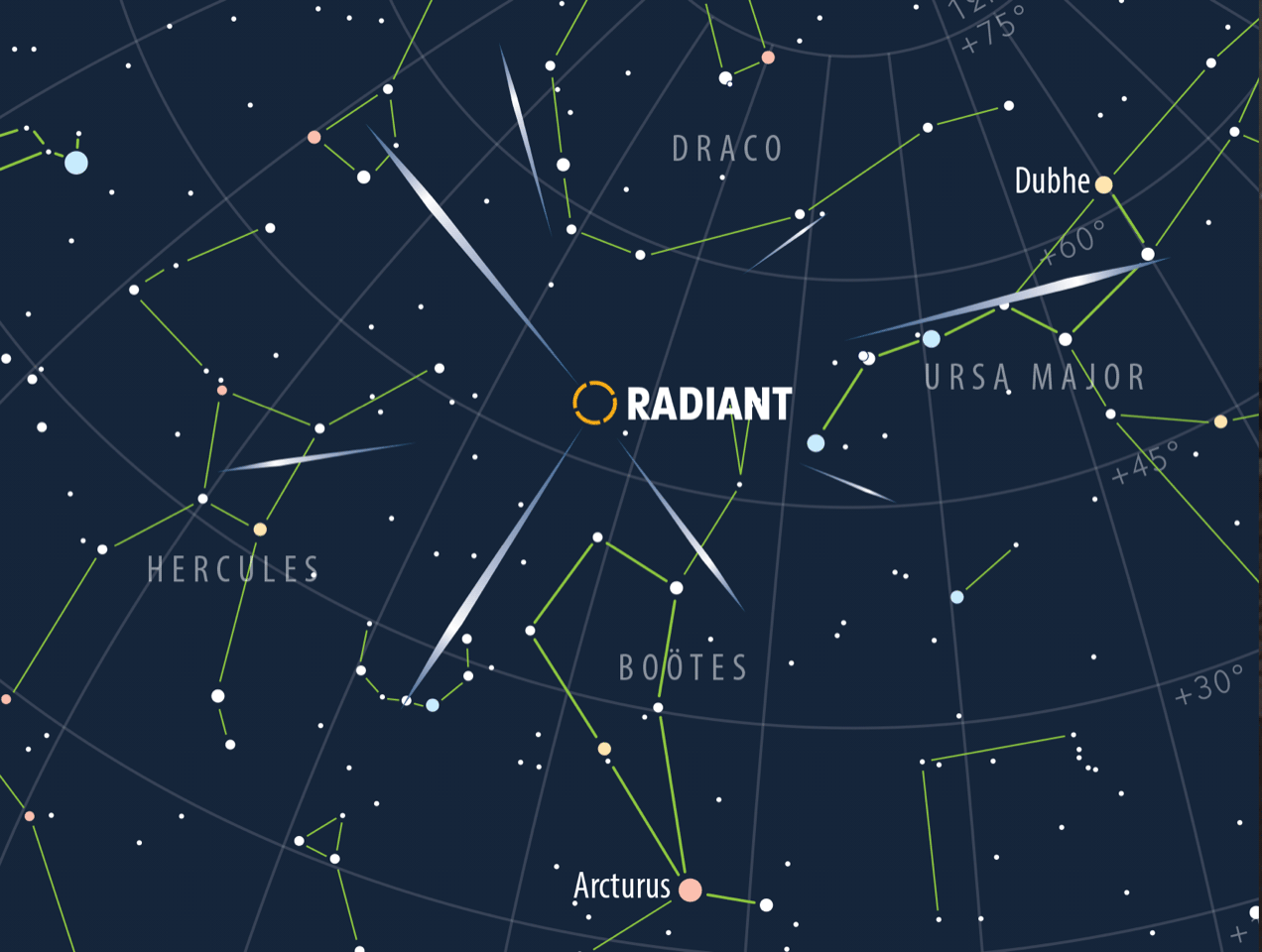Venus Moon duo and Quadrantids meteors stun stargazers! This celestial event offered a breathtaking spectacle for skywatchers worldwide. A close conjunction of Venus and the Moon provided a dazzlingly bright pair in the evening sky, perfectly timed with the peak of the Quadrantids meteor shower. This rare combination created an unforgettable show, captivating amateur astronomers and casual observers alike.
Let’s explore this amazing celestial display.
The bright pairing of Venus and the Moon was visible across many time zones, offering varying degrees of visibility depending on weather conditions and light pollution. Meanwhile, the Quadrantids, known for their bright meteors and potential for high rates, added another layer to this spectacular show. The combination of these two events made for a truly remarkable night of stargazing.
The Celestial Dance: Venus, the Moon, and the Quadrantids: Venus Moon Duo And Quadrantids Meteors Stun Stargazers
The night sky recently offered a spectacular double feature for stargazers: a dazzling conjunction of Venus and the Moon, closely followed by the peak of the Quadrantids meteor shower. This rare celestial alignment provided a breathtaking display, captivating observers worldwide and prompting a flurry of awe-inspired social media posts and news reports.
Venus and the Moon Conjunction
The conjunction showcased Venus and the Moon in close proximity, creating a visually striking scene. Venus, appearing as a brilliant, unwavering point of light, shone brightly near the crescent Moon. The apparent brightness and proximity of the two celestial bodies varied depending on the observer’s location and the time of observation. Observers at different latitudes experienced slightly different perspectives of the conjunction, with the apparent separation between Venus and the Moon changing subtly.
Higher latitudes might have witnessed a slightly more dramatic separation compared to those closer to the equator.
| Time Zone | Date | Time (Local) | Visibility Conditions |
|---|---|---|---|
| UTC | January 3, 2024 | Approximately 22:00 | Clear skies offered optimal viewing. |
| EST | January 3, 2024 | 17:00 | Similar to UTC conditions. |
| PST | January 3, 2024 | 14:00 | Clear skies ideal for observation. |
| CET | January 4, 2024 | 00:00 | Similar to UTC conditions. |
The Quadrantids Meteor Shower
The Quadrantids, known for their bright and fast meteors, peaked around January 3-4. Their radiant point, seemingly originating from the now-obsolete constellation Quadrans Muralis (near Boötes), produced a shower with a relatively high zenithal hourly rate (ZHR), often exceeding 100 meteors per hour under ideal conditions. However, the shower’s short peak and the often-unfavorable weather conditions during this time of year can significantly impact visibility.
Okay, so the Venus-Moon duo and the Quadrantids meteor shower were amazing, right? Seriously stunning celestial events! But while you were looking up, did you hear about Loose Women’s Gloria Hunniford shares how stark doctor’s warning ? It’s a pretty serious contrast to the cosmic beauty. Anyway, back to those awesome meteors – definitely worth checking out next time!
Light pollution from urban areas drastically reduces the number of visible meteors. Clear, dark skies are essential for optimal viewing.
Compared to other prominent meteor showers like the Perseids or Geminids, the Quadrantids have a much shorter peak activity period. The Perseids and Geminids offer longer viewing windows, while the Quadrantids’ peak is sharper and more intense but briefer.
A Combined Celestial Spectacle

The near-simultaneous occurrence of the Venus-Moon conjunction and the Quadrantids meteor shower created a truly unforgettable astronomical event. The bright conjunction provided a stunning backdrop against which the meteors streaked across the sky, enhancing the overall visual impact for observers. The close proximity of Venus and the Moon served as a focal point, drawing the eye towards the area where the meteors appeared to radiate from.
Wow, the Venus-Moon duo and the Quadrantids meteor shower were incredible! It’s amazing how celestial events can capture our imaginations, much like the inspiring story of the Nipissing Lakers women’s hockey team has high hopes for the upcoming season. Their dedication reminds us that striving for greatness, whether on ice or under the stars, is something truly special.
Back to the night sky, though – what a show those meteors put on!
An infographic depicting the event would show a crescent Moon, with Venus positioned nearby, and radiating lines emanating from the radiant point near Boötes, representing the Quadrantids meteors. The infographic could include details such as the time of the conjunction, the peak time of the meteor shower, and the approximate locations of the celestial bodies in the sky. Descriptions would note the relative brightness of Venus and the Moon, the speed and brightness of the meteors, and the overall visual spectacle.
Social media was flooded with stunning images and enthusiastic accounts of the event. News articles highlighted the rarity and beauty of the combined celestial display, further fueling public excitement.
Observing and Photographing the Event, Venus Moon duo and Quadrantids meteors stun stargazers

For amateur astronomers, observing this conjunction and meteor shower was relatively straightforward. A dark location away from light pollution was crucial. Binoculars enhanced the view of the Venus-Moon conjunction, while the naked eye was sufficient for meteor viewing. For astrophotography, a DSLR camera on a tripod, or a dedicated astro-camera, with a wide-angle lens was ideal. Long exposure shots captured the meteors, while shorter exposures were better for the conjunction.
Optimal settings involved high ISO, a wide aperture, and a relatively short shutter speed for meteors. Processing involved stacking multiple images to enhance meteor visibility and reducing noise. For the conjunction, focusing on capturing the relative brightness and positions of Venus and the Moon was key. Post-processing could involve adjustments to brightness, contrast, and color balance.
The Science Behind the Events
The Venus-Moon conjunction is a recurring event caused by the apparent movement of these celestial bodies across the sky from our perspective on Earth. Their orbital paths bring them into close visual proximity periodically. The Quadrantids meteor shower originates from the debris trail left behind by asteroid 2003 EH1, a potentially extinct comet. This asteroid’s orbital characteristics determine the timing and intensity of the meteor shower.
Planets, like Venus, are formed from the accretion of dust and gas within a protoplanetary disk. Meteoroids, on the other hand, are smaller fragments of asteroids or comets, often remnants of collisions or outgassing. Planets are much larger, have a spherical shape due to their gravity, and follow relatively stable orbits around the sun. Meteoroids can have irregular shapes and less predictable trajectories.
Final Wrap-Up

The simultaneous appearance of the Venus-Moon conjunction and the Quadrantids meteor shower created an unforgettable celestial event for 2024. The brilliant pairing of Venus and the Moon provided a stunning backdrop for the meteor shower, making it a spectacular sight for observers. Whether you witnessed the event personally or followed the social media buzz, the memory of this celestial display will undoubtedly linger.
Remember to look up for future celestial events – you never know what wonders the night sky might reveal!
Expert Answers
What causes the Quadrantids meteor shower?
The Quadrantids originate from debris left behind by an asteroid, 2003 EH1, believed to be an extinct comet.
How often do Venus and the Moon appear so close together?
Okay, so the Venus-Moon duo and the Quadrantids meteor shower totally blew people away last night – amazing celestial show! Meanwhile, down on Earth, completely unrelated but still kinda exciting, check out this link for the latest: Molly-Mae and Tommy Fury spark reunion rumours as they are. Anyway, back to the stars – wasn’t that meteor shower incredible?
Venus and the Moon’s conjunctions happen relatively frequently, but the exact proximity and visibility vary. The closeness and brightness vary from one conjunction to the next.
Are binoculars or a telescope necessary to see these events?
The Moon and Venus were easily visible with the naked eye. Binoculars or a telescope might enhance the view, particularly for fainter meteors in the shower.
Where can I find more information about future meteor showers and planetary conjunctions?
Check reputable astronomy websites and apps for celestial event calendars and predictions. Many offer detailed information and interactive sky charts.
